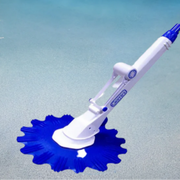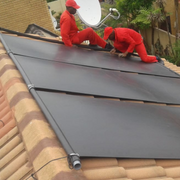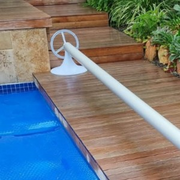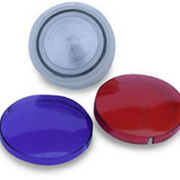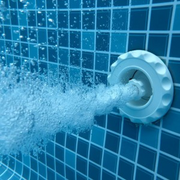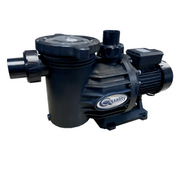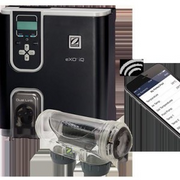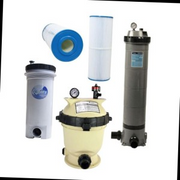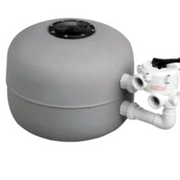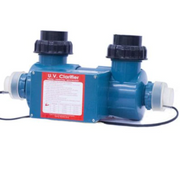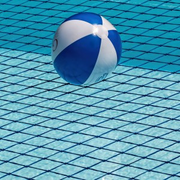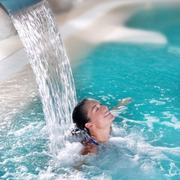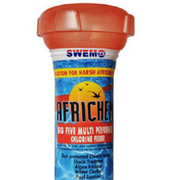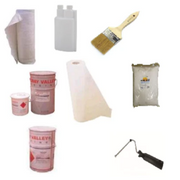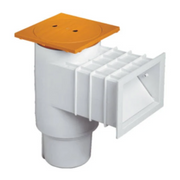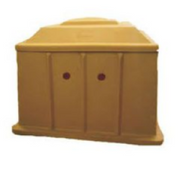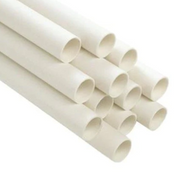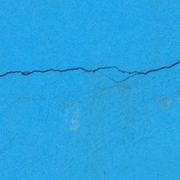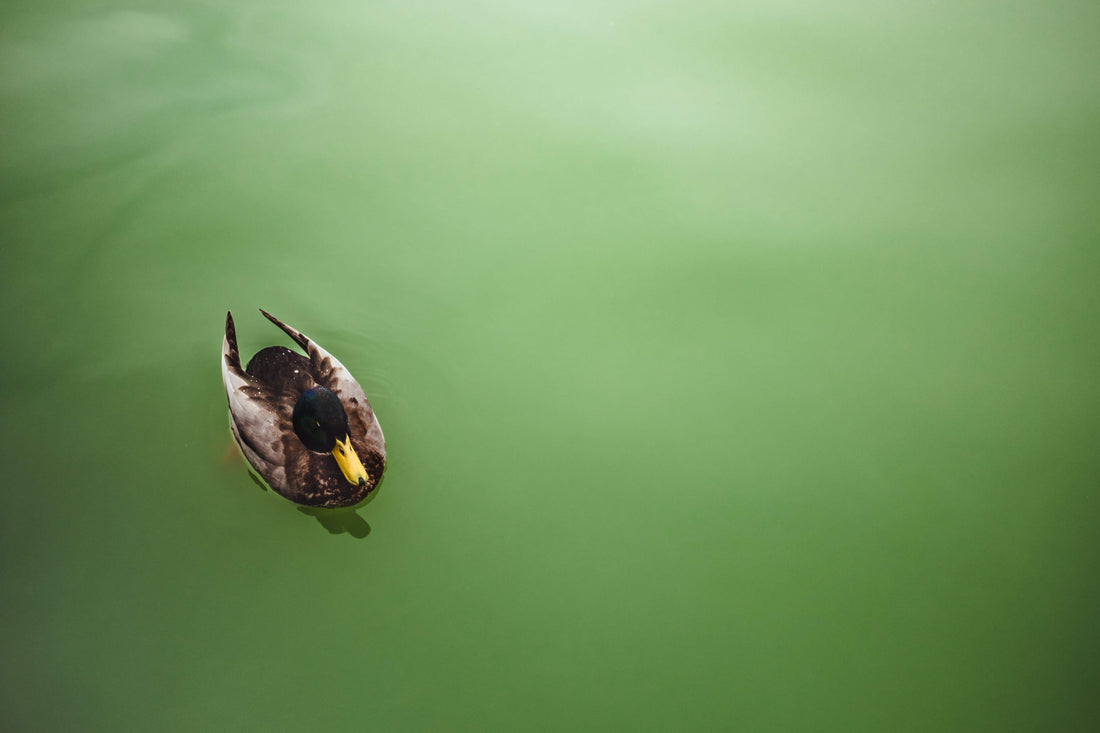Every pool owner should understand that the quality of their pool’s water can be tested through both its physical condition (dirt and debris) and its biological condition (bacteria, germs, algae etc.)
Pool filtration systems and manual pool cleaning equipment are the general solutions for your pool’s physical condition. Unfortunately, filters cannot be used to kill algae.
Both conditions play an important role when it comes to pool maintenance. However, if you are struggling with a green pool, chances are you are in need of a biological remedy.
We will discuss pool maintenance principles, the most common reason why your pool is green and finally, how to restore it.
Why Swimming Pool Water Turns Green
Your swimming pool is most likely turning into an uninviting murky green colour because of algae growing inside your pool. Algae grow very fast, especially during warm summer seasons.
Algae is a plant and seeds (spores) are present in the air. Sometimes algae can appear overnight and can take you several days or even weeks to get rid of it.
Low levels of Free chlorine in the water can allow algae to spread. This is why checking the chlorine level weekly is crucial to your pool’s health.
To kill algae you can use an algaecide like Africhem extra Strength Algaecide, but the simple solution is to keep the chlorine levels above 1 ppm which will be sufficient to kill algae.
Where Does Algae Come From?
There are plenty of ways that algae can land in your pool and start spreading. This is why you need to check up on your pool’s health on a weekly basis.
Some examples include the wind blowing algae into your pool and your swimsuit or even cleaning tools can carry it into your pool.
You might even have noticed that your pool has an algae infection after it has rained. This is because rain showers collect spores from the air, your roof or even screens and land in your pool.
Then again, algae can also be invited in from the yard, driveway or even brought home from a beach or dam.
Whatever the cause of the infestation, we recommend starting treatment as soon as you see algae build up.
How Do You Remedy A Green Swimming Pool?
Chances are your chlorine levels are lacking and this is why your pool is turning green. Test your chlorine levels with this test.
If it indicates low chlorine levels, boosting your chlorine levels needs to be a top priority. As mentioned, the longer you ignore it, the more likely you will need professional help to clear your green pool, and the more it will cost you.
If your pool is suffering from severe algae growth, you need to consider adding an algaecide supplement along with chlorine shock.
The truth about the severity of your pool's health is communicated and observed by the progressive darkening of the water.
If your pool is in fact only slightly green or light green, one pool shock treatment should suffice.
However, if your pool has turned dark green, a single shock treatment is not sufficient for full restoration.
In severe cases, your pool will end up being drained and thoroughly cleaned by a qualified pool service engineer to effectively dispose of the problem.
Once you have run your pool pump and filter for an entire day, as the final step, you should notice the water slowly returning back to normal.
How Do You Prevent a Green Pool?
Chlorine shocks and algaecide
You need to shock your pool with a high dose of chlorine to kill any dormant bacteria or algae on a weekly basis.
In addition, if your pool is continuously affected by algae, you may also want to consider a weekly algaecide treatment that specifically targets algae.
Maintain proper chlorine levels
The easiest way to prevent algae from growing in your pool again is to make sure that you maintain proper chlorine levels.
This is done and measured through weekly chlorine tests. Other products that assist in maintaining proper chlorine levels include, Africhem Chlorine Protector which acts as a "sun tan lotion" for chlorine; chlorine pool floaters and the Africhem Wonder Cube.
Install a filtration system
Stagnant water acts like an algae magnet and this is why a filtration system is crucial. It will keep the water flowing and keep algae growth at bay.
Investing in a good quality pool filter for your swimming pool is an easy way to maintain blue water as well.
Skim pool surface regularly
You would think that it is common sense that your pool needs regular cleaning, but surprisingly, people regularly underestimate the importance of this activity.
As a pool owner, you need to frequently inspect your filter to clean it of any dirt and debris. Dirt and debris build-up can result in improper flow.
You can regularly skim the surface of the pool using a reliable pool skimmer to prevent debris and leaves from staying in contact with the water for long periods.
People also ask:
How do I keep my portable plastic pool from turning green?
A simple algae-build-up prevention technique would be to cover your plastic pool when it is not in use and clean it out after use. Algae can enter your plastic pool via your swimming clothes, the wind or even through rainwater. Be mindful of these factors and scrub out algae bloom as soon as it is identified.
Does too much chlorine turn a pool green?
Unbalanced chemicals can cause a pool to go green, even if your chlorine is relatively high. Too much-combined chlorine, high cyanuric acid levels and high pH levels are common causes of chlorine being ineffective when combating algae growth and green pool water.
Is it okay to swim in a green pool?
No, swimming in a green pool is a bad idea! Algae cause your pool water to turn green, and you can pick up various waterborne illnesses if you swim in it. A green pool can possibly also carry dangerous bacteria and may cause an infection.

